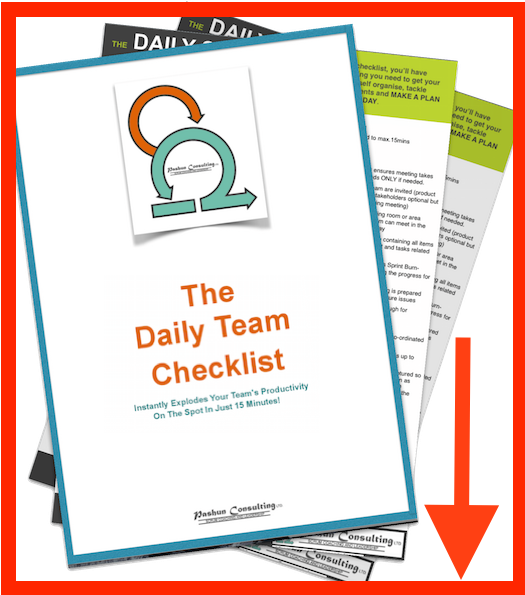Sprint Retrospective (scrum retrospective,scrum sprint retrospective,sprint retrospective meeting)
Sprint Retrospective
The Sprint retrospective is a time-boxed meeting, which ties into the agile principle of inspect and adapt. In this meeting, the team focus on what worked in the sprint and what could be improved.
I have observed different styles of running a retrospective, but my personal style is to keep it as close to the scrum guide as possible and ask only two questions of the team “What worked during the last sprint? What could be improved in the next sprint?” Each team member should speak one at a time so that the rest of the team can hear clearly. The meeting needs to be time-boxed strictly as usual but should be long enough to allow the team space to express themselves. This is an opportunity for everyone to be transparent.
As tempting as it is, the scrum team need to avoid turning the meeting into a “complain-fest”. I believe the minor details in scrum make all the difference and the purpose of asking “What could we improve?” rather than “What went badly?”, is that our focus is on rapid improvement. This way we build the team up rather than depress them. Do not get me wrong, we all need to get our thoughts off our chest, and that is partially what the retrospective allows. However, I have found that the meeting is always more productive if we take a positive approach.
(NOTE: Struggling to understand the basics of scrum quickly? Get the Power of Scrum Audio Book. You can use it to get a complete overview and foundation in scrum fast, before even having to “roll-out” a single scrum practice to your team. Check it out here.)
4 reasons why the SPRINT RETROSPECTIVE works
Background
This is a meeting held after the review and before the next sprint. One by one, each team member answers the questions: “What worked in this Sprint?” and ” What could be improved in the next sprint?” This is a chance for the team to inspect and adapt.
Reasons
1. Continuous improvement: The team can become stronger, more efficient and produce a higher quality product after each retrospective.
2. The team become stronger: The transparency and openness of a retrospective usually brings the team together. Strangely, rather than arguing, the team usually accept each other’s points of view and move on together for the good of the project.
3. Negative feeling is off-loaded: The sprint is a natural point at which feelings and concerns can be off-loaded. If these feelings fester during the sprint they can escalate and start to divide the team.
4. Fresh start boosts productivity: When the retrospective is over, there is a feeling of a fresh start and new motivation within the team. This positively affects the next sprint.
(NOTE: Struggling to understand the basics of scrum quickly? Get the Power of Scrum Audio Book. You can use it to get a complete overview and foundation in scrum fast, before even having to “roll-out” a single scrum practice to your team. Check it out here.)


